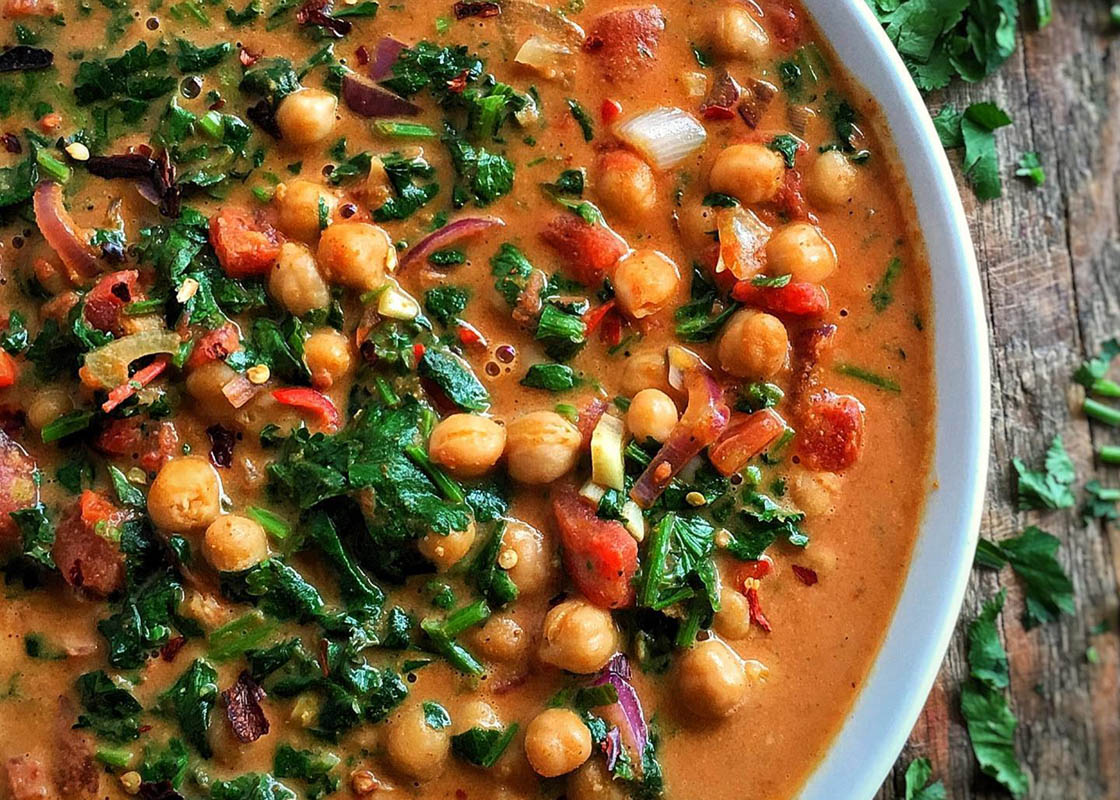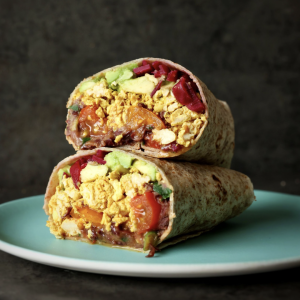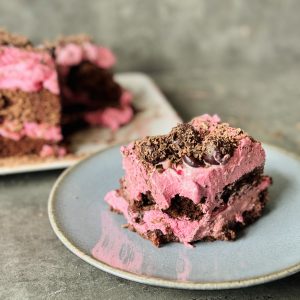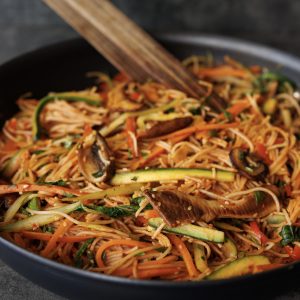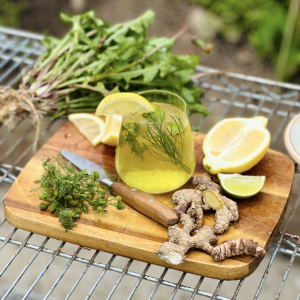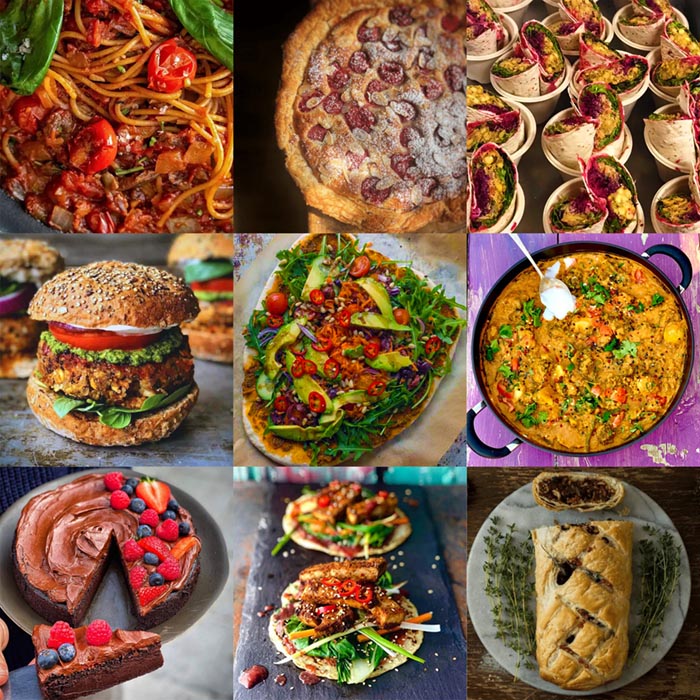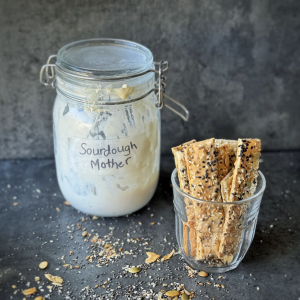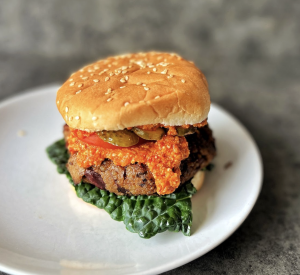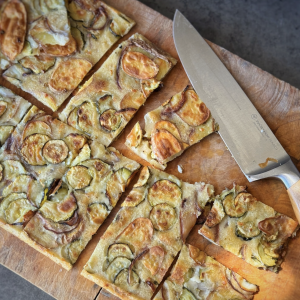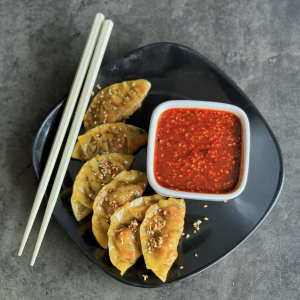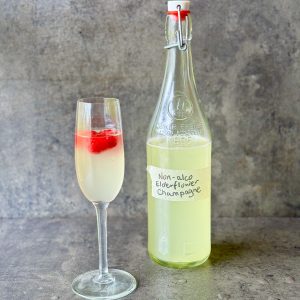Kombucha is a wonderful fermented tea that is rich in probiotics and good bacteria for your gut and immune system. Tastes kind of like lemonade, our kids love it! It is a great alternative to fizzy drinks as it naturally carbonates. Traditionally Kombucha is made using black tea but Fiona, our wonderful fermenter, makes 2 main varieties in the shop: a mixed berry kombucha based on rooibos tea (caffeine free) and a lemongrass and ginger kombucha based on green tea. It is easy to make and there is something beautiful about fermenting your own at home and growing a good mother (another name for a mother is a scoby – symbiotic culture of bacteria and yeast which converts the sugar to probiotic bacteria). See our short kombucha Q&A below to answer any questions about sugar, SCOBY’s and fermentation time.
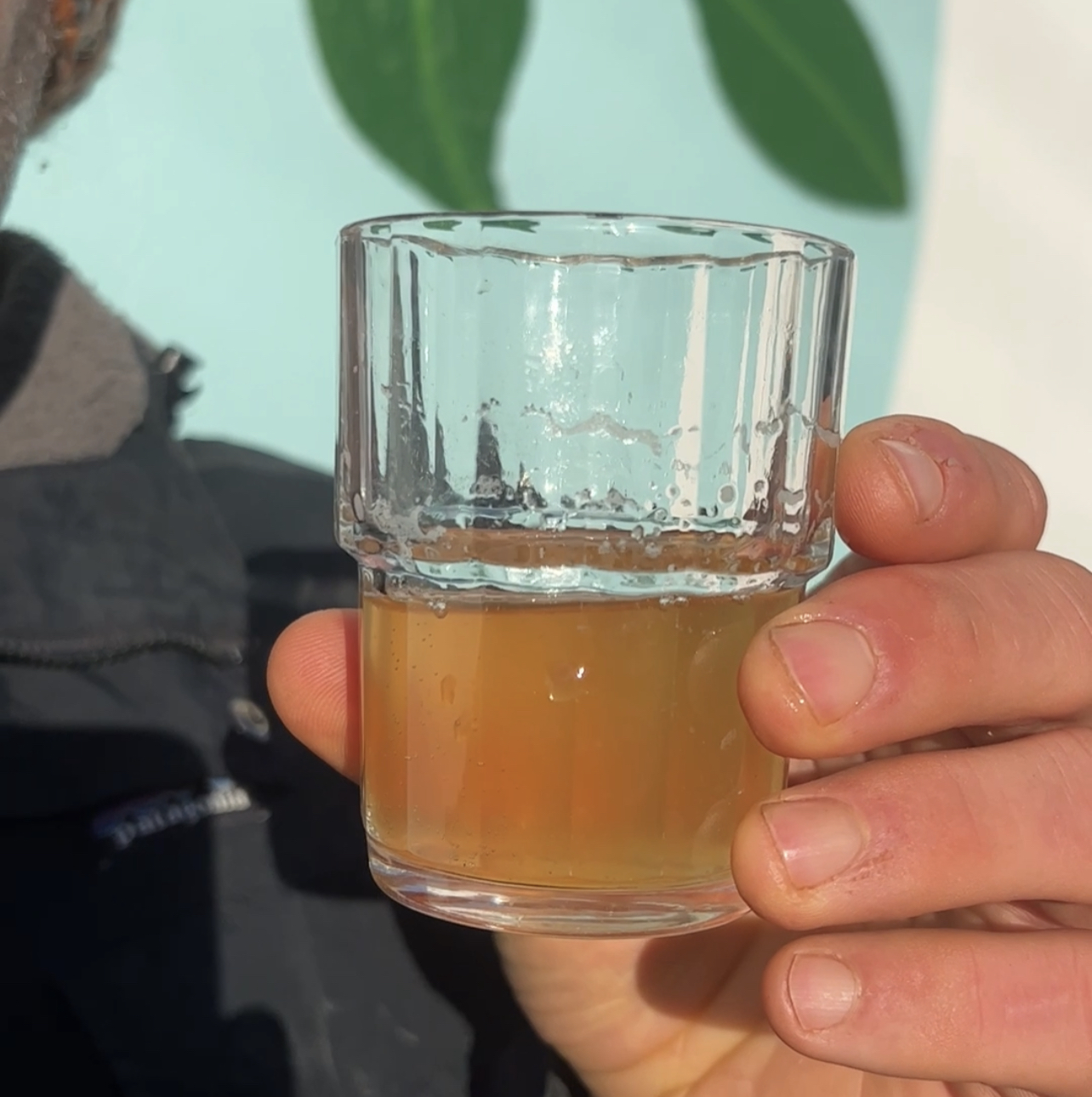
Kombucha
Takes
Serves 1
Ingredients
- 60 g white cane sugar
- 2 teabags we love Rooibos or green tea
- 1 Scoby
- 180 g kombucha previously brewed or kombucha
- 1 litre water
Instructions
- Pour 1 litr of water into the kettle and boil. Once boiled, add your tea bags of choice along with the sugar and stir until the sugar dissolves and the tea bags really give their flavour, this should take about 5 mins. Remove the tea bags and discard.
- Leave this liquid to cool ensuring that its below 37 degrees celsius, body temperature (if it is hotter, it will kill the SCOBY)
- Add your SCOBY and the cup of previously brewed kombucha into the jar. Cover with a clean teatowel and leave to sit for 10-15 days out of direct sunlight, at room temperature
- After 10-15 days, remove your scoby and it is ready to go!
